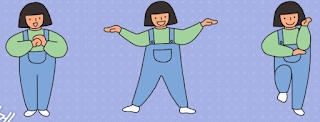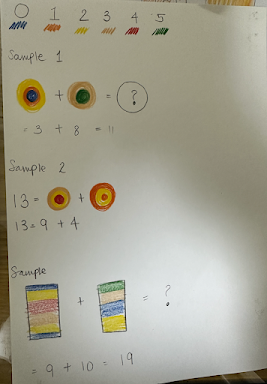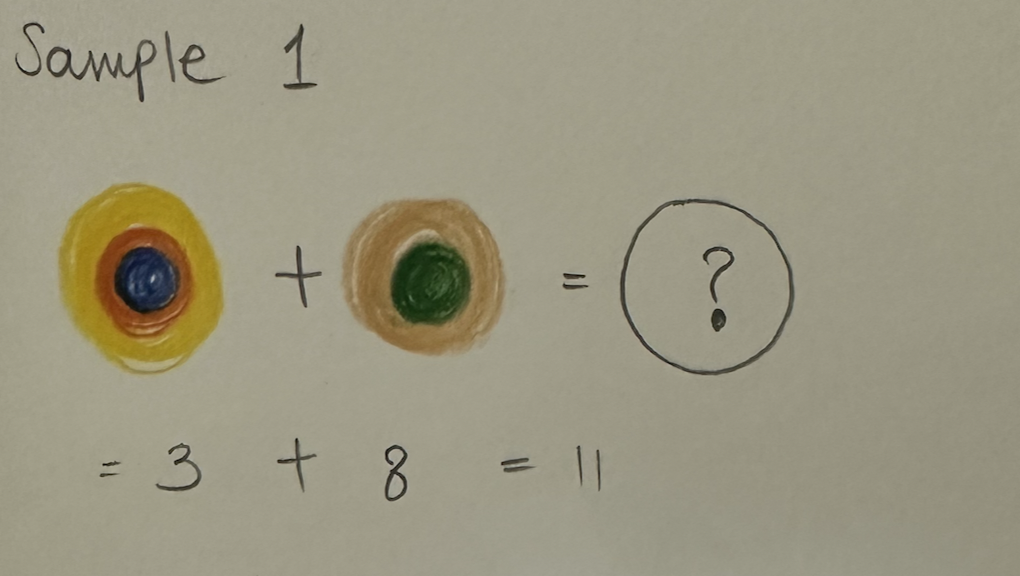This Week's Reading:
Karaali, G. (2014). Can zombies write mathematical poetry? Mathematical poetry as a model for humanistic mathematics. Educational Studies in Mathematics, 86(1), 38-45. https://doi.org/10.1007/s10649-014-9544-4
Gizen Karaali's article, "Can Zombies Write Mathematical Poetry? Mathematical Poetry as a Model for Humanistic Mathematics," talks about math in a new way. Instead of just numbers and rules, the author says math is connected to what makes us human – thinking, being aware, and being creative. While reading, I found three important things to think about. First, the idea that math and poetry can go together, making math more relatable. Second, that math isn't just about rules, but can be beautiful too, like art. And third, that being creative is an important part of doing math.
My First Stop:
The first important thing to think about is how math can be like poetry. Karaali says that just as poetry is a way to express feelings and ideas, math can be too. It's like using words and numbers to tell a story. As a teacher, this makes me think about how I can make math more fun for my grade 1 students. Maybe I can use simple rhymes, stories, or games to help them understand numbers and shapes better, making math more interesting and easy to understand.
My Second Stop:
The second thing is about finding beauty in math. The author talks about how math can be like art, with patterns and shapes that are pleasing to the eye. This makes me think about how I can show the beauty of math to my grade 1 students. Maybe I can use colorful things or games to help them see that math is not just about rules, but can be really cool and pretty.
The second important thing is about finding the beauty in math. Karaali talks about how math is not just about rules but can also be really pretty, like art. This makes me wonder how I can show the beauty of math to my grade 1 students. Maybe I can use colorful things or fun games to help them see that math is not boring but can be exciting and nice to look at.
My Third Stop:
The third point is about being creative in math. The author says that being creative is an important part of doing math. This makes me think about how I can encourage my grade 1 students to be creative when they are learning math. Instead of just following rules, maybe I can let them come up with different ways to solve problems, making it more fun and interesting for them.
As a teacher, these thoughts make me want to make math more exciting for my grade 1 students. I want to show them that math is not just about numbers and rules, but it can be like a fun game or a beautiful picture. I also want to encourage them to be creative in math, to come up with their own ideas and solutions. This way, they can enjoy learning math and see it as something interesting and cool.
Finding Five Mathematical Poems From Mathematical Poetry at Bridges 2021
1. Stephanie Strickland
New York City, New York, USA
http://stephaniestrickland.com
Poem: The Infinite Stops Between Our Fingers
2. Amy Uyematsu
http://www.poetryfoundation.org/bio/amy-uyematsu
Poem: This Thing Called Infinity
My personal interpretation:
"I think she talks about the idea of infinity, which means something that goes on forever and is impossible to fully understand. She mentions how nature, like a passion flower or snowflakes, makes her feel the presence of infinity. The poem also touches on some tricky math ideas about infinity and how it can be confusing. I think the poet reflects on how time can feel very long during sad moments and very short during happy ones."
3. Carol Dorf
http://talkingwriting.com/why-poets-sometimes-think-in-numbers/
Poem: Ask for a universe and what do you get?
My Personal Interpretation:
"I think the poet talks about space travel and how scientists once thought about using wormholes to go to other worlds. The poem imagines a future where artificial intelligence (AI) might explore space before humans and send us updates. It also considers the challenges of space exploration, like dealing with intense heat and losing the sense of night when close to bright lights."
4. Marian Christie
https://marianchristiepoetry.net
Poem: Elevenses
My Personal Interpretation:
I think Marian reflects on the number 11, which stands out as an odd one between the neatness of 10 and the convenience of 12. The poem highlights the uncommon nature of 11 in our daily lives — we don't have 11 fingers or toes, buy 11 items, or choose 11 for things like rolls or eggs. Christie uses a terrace scene with three people enjoying coffee, scones, and a sunny day to capture the uniqueness of 11. The binary notation of 11 is linked to the poet and two others, creating a moment of connection under the open sky with the backdrop of June's birdsong and a cricket match on the radio. The poem appreciates the distinctiveness of 11 in the simplicity of shared moments.
5. Tom Petsinis
Poem: Mathematician
Now it's my turn to become a mathematics poet!
My Fibonacci Poems:
1. Fibonacci Buddies
Count with us, the Fibonacci crew,
One, one, two, three, oh, it's true!
Rabbits hopping, a joyful view,
Growing numbers, join the queue.
Start with one, then add one more,
Each new friend, we adore.
Counting onward, never a bore,
Fibonacci's friends, let's explore.
In a sequence, like a song,
Numbers dance and play along.
Spiraling up, oh, so strong,
Fibonacci's rhythm, all day long.
2. Magical Fibonacci Garden
In a magical garden, a number delight,
Fibonacci's secret, shining bright.
One and one, start the flight,
Add them up, what a sight!
Two rabbits play in the sun,
Three join in, oh, such fun!
Numbers dancing, one by one,
Fibonacci's garden, second to none.
The flowers bloom in a spiral grace,
Following numbers, embrace.
Magical patterns, a math trace,
In Fibonacci's garden, find your place.











